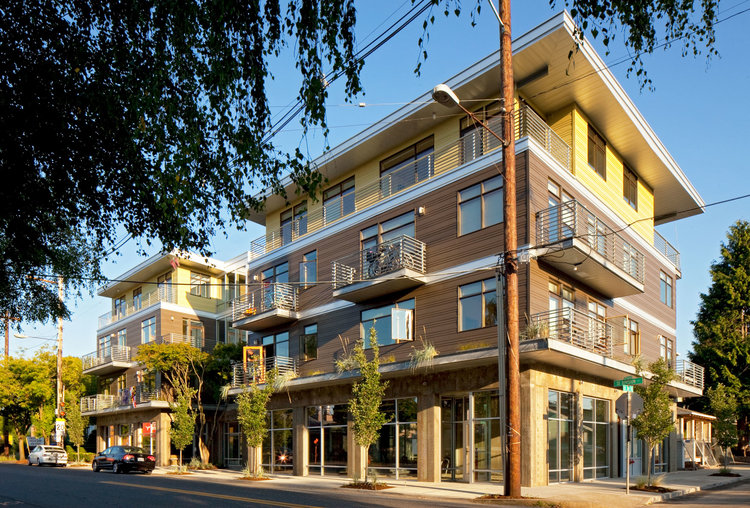Almost every good idea, from sandwiches to light bulbs to bike lanes, follows a similar upward-twisting curve of rising popularity.
First, in a trickle, comes its introduction by a few radicals. Then come the early adopters, the ones who know a good idea when they see it even though it’s off-the-wall. They’re a little more numerous. After that, a deluge of change: those in the “early majority” get exposed to the idea from early adopters and, though they’re not radical themselves, see the idea working and embrace it; after them come the “late majority” and finally late adopters, grudgingly accepting that the new way of things is better.
As of last week, parking reform is leaving the realm of the radical.
The early adopters are moving. And over the next few years, Cascadian cities are likely to join them.
As my colleague Dan Bertolet noted Monday, San Francisco (last Tuesday) and Minneapolis (last Friday) just took the single biggest step toward saner, more economically productive, more socially just parking policy: Both agreed to completely strike down their bans on new buildings that don’t have on-site car storage spaces.
In other words, they decided to stop requiring that corporations conceal the immense costs of auto parking inside the price of every pint of beer, every gallon of milk, every monthly rent check.
Making no-parking buildings an option again is only fair. In Minneapolis, 29 percent of renter households already own zero cars. In San Francisco, it’s 42 percent.
(Here in Cascadia, 15 percent of renter households across Oregon and Washington own zero cars, topping out at 27 percent of Seattle renters. British Columbia doesn’t track this figure, unfortunately.)
By removing their decades-old parking quotas, San Francisco and Minneapolis were following in the steps of two other US cities: Buffalo, New York; and Hartford, Connecticut.
In some ways, these four cities are similar: old-ish, north-ish, and with unusually close-in city limits.
But there’s an important difference between the first two innovators and the two from last week: San Francisco and Minneapolis are booming economically.
In Hartford and Buffalo, the main problem to be solved from parking reform was underinvestment: two relatively disinvested cities were trying to remove barriers to much-needed economic activity in the aftermath of the Great Recession. In San Francisco and Minneapolis, the main threat is bad investment: the current economic boom has poured capital into both cities, and they’re trying to maximize the amount that gets spent on things—like additional homes—that will help their residents most.
This is great news. It proves parking reform is not just a good idea for cities with very different problems, it’s also politically feasible in cities with very different problems. Minneapolis and San Francisco show the way for booming Cascadian cities like Seattle and Richmond. Hartford and Buffalo set examples for flagging ones like Anchorage and Aberdeen.
Here in the Pacific Northwest, parking reform has been advancing steadily since the 1990s and is poised for more progress. In the last few months, the planning commissions of both Portland and Seattle have proposed ending the ban on no-parking homes in low-density areas. Tigard, in suburban Portland, essentially made the same policy official last month when it agreed to let any new residential home count curbside on-street parking spaces toward its parking requirements. In Spokane, 2019 mayoral candidate Ben Stuckart is making parking reform a signature issue.
These cities and more should go further and ban all parking quotas, following the example of their country’s leading innovators. And if parking reform is like most of history’s good ideas, sooner or later they will.


Comments are closed.